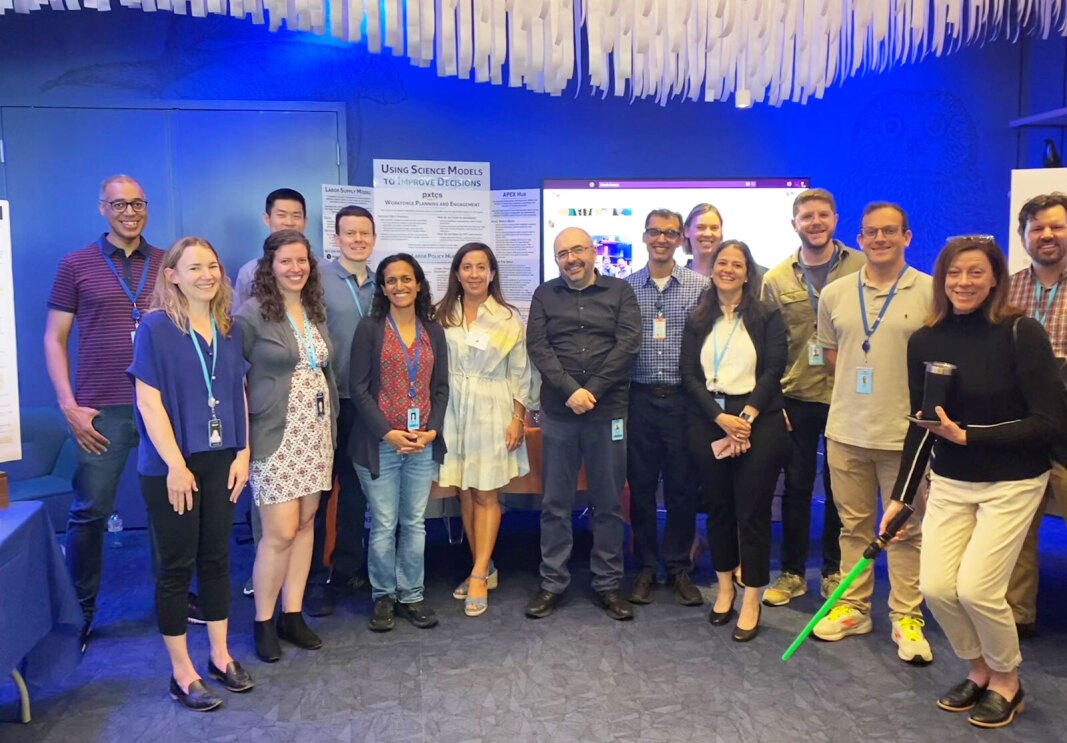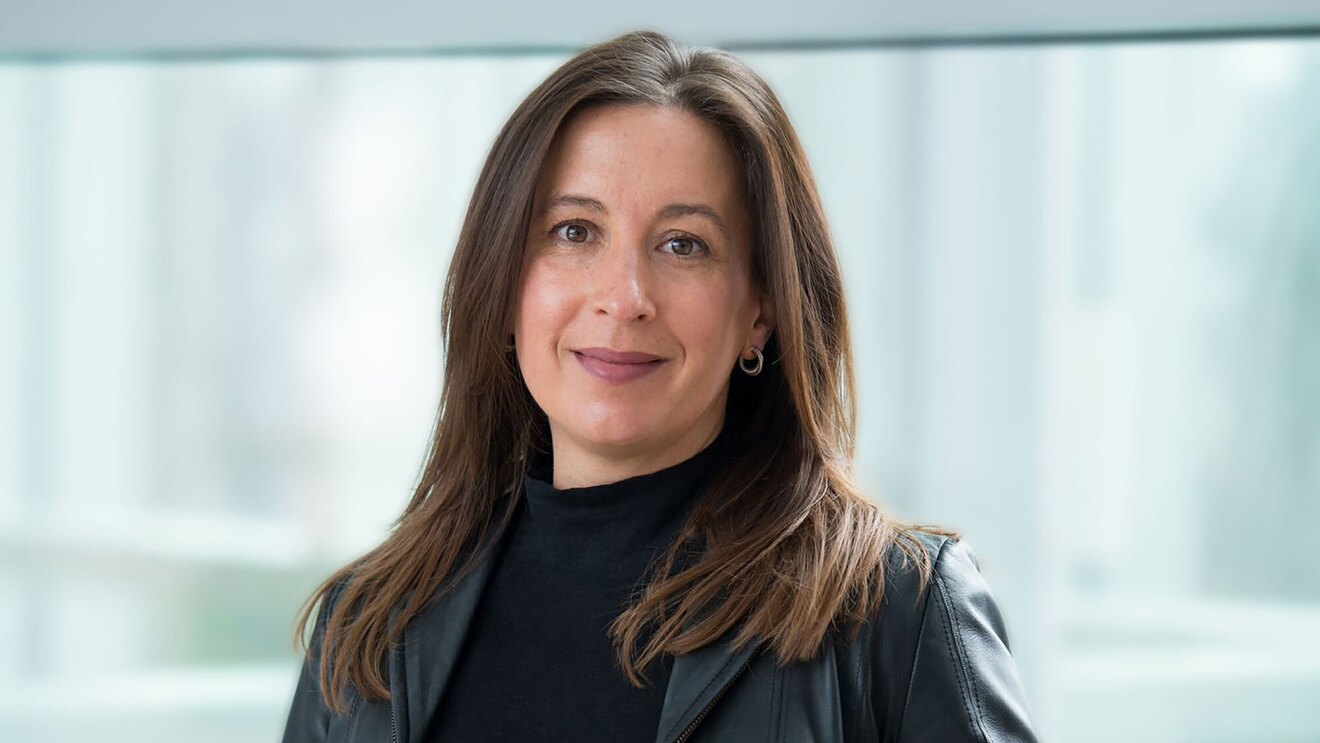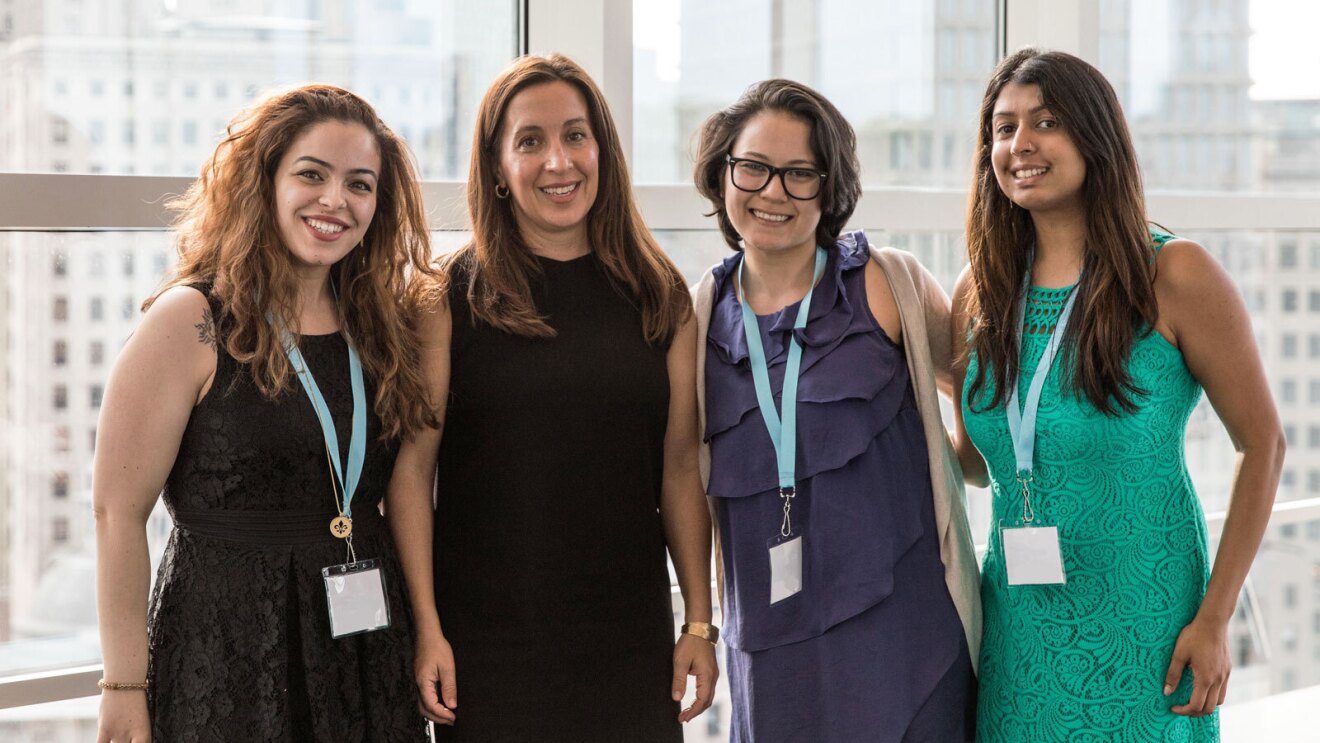Behind Amazon’s strategy for employee opportunity and growth lies a crucial component that fuels decision making: science. Amazon’s workforce plays an integral role in innovating for the future, and Justine Hastings, VP of People eXperience and Technology (PXT) Science for Amazon, is at the center of this people-first strategy.
Hastings and her team, PXT Central Science, are dedicated to helping HR teams make fact-based decisions to support tomorrow’s leaders. They generate scientific insights and tools to simultaneously improve Amazon and the lives, well-being, and experience of Amazon employees globally. Hastings attributes her team’s success to two things: building a diverse science team and keeping the team focused on identifying and solving problems for customers.

Though improving, women remain underrepresented in the field of Economics at a time when movements for gender equity across industries continue to highlight the need to improve diversity and representation in workplace leadership.
One of Hasting’s priorities is supporting diverse talent. She makes time to invest in future science leaders, especially women, who are traditionally under-represented in science graduate programs. She understands making science accessible is key to fueling the marketplace of ideas.
Hastings came to Amazon 2.5 years ago from a tenured faculty position at Brown University, and has built a team where women are leading science at all levels, and different disciplines are encouraged to collaborate to solve complex customer problems.
Women have made incredible progress in the workforce. They have fought for equal pay, and risen to the top of their fields in recent decades. But some industries have made more progress than others.
Today, women lead many of Amazon’s largest and most important businesses, including our overall delivery experience, Amazon Fresh, AWS Public Sector, and more. Their leadership and influence at Amazon is growing in the traditionally male-dominated fields of technology and science.
Hastings shared with us her central inspirations when building and leading teams, and advice she gives herself and her team as she continues to learn and grow as a leader.














